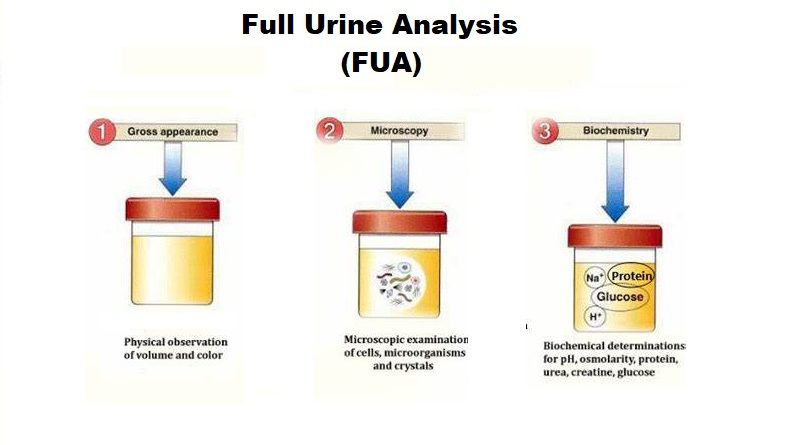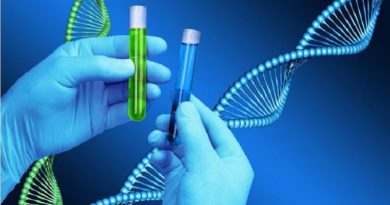Full Urine Analysis (FUA) , indications
Full Urine Analysis (FUA) is a laboratory test conducted to test urine for some vital signs to diagnose different diseases. In urine test we check for glucose (diabetes), Pus and bacteria (infection of urinary tract), blood cells (hematuria) , protein (proteinuria) , micro organisms in the Urine and other criteria. Urine test is one of the most common and important tests for urinary tract infection, and other diseases of kidney and urinary tract. Urine test is also called as Urinalysis or FUA.
Urine test is beneficial in diagnosing wide range of diseases. Urine is examined for physical , chemical and microscopic signs. Home pregnancy test is usually done using Urine , but in included in Full Urine Analysis. Contact us Now: www.facebook.com/helalmedical
Indications of Full Urine Analysis
In Suspected following cases Full Urine Analysis is done.
- Urinary tract infection, infection of any part of urinary tract. It includes Cystitis, which is bladder infection , urethritis , or infection of any part of the urinary tract.
- post surgical patient, as urine output is closely monitored after surgery , because it is a good indication of how the body is recovering from surgery. Contact us Now: www.facebook.com/helalmedical
Collection of urine for testing
Proper collection of urine for the testing is important , and the patient have to know how to collect sterile urine.
– Use transparent clean container for FUA , Early morning sample is preferred. Collect at the laboratory (recommended). Maybe collected at home for early morning sample.
– For Urine Culture , Mid stream urine collection is preferred. To get a urine container , contact us Now: www.facebook.com/helalmedical
What we know from Full Urine Analysis?
1- Physical Examination of Urine
- Urine color and appearance : diet, medicines and some diseases may change urine color. Appearance or clarity of urine is normally clear.
- Odor : normally has no odor or slight nutty odor. Unpleasant smell is found with some infection or diseases. Fruity smell indicates diabetic ketoacidosis.
- Specific gravity of Urine : normal range is 1.010 to 1.030. Ion concentration of urine is found in specific gravity. ketoacidosis or presence of some protein in urine elevates specific gravity.
- PH – 4.8 to 7.5 is normal : Different Ph such as acidic and alkalic have a role in kidney stone formation with abnormal Ph.
- Urine volume: Urine is collected and measured. Polyurea is a common symptom of Diabetes mellitus.
1- Chemical Examination of Urine
- Proteins : Normally no Proteins present, albumin is common with any abnormality. Fever, hard exercise, pregnancy, and kidney diseases may cause proteinuria.
- Ketone bodies : Negative in normality. Starvation and diabetic ketoacidosis causes ketone bodies in urine.
- Glucose : negative is normal. Glucosuria is symptom of Diabetes.
- Urobilinogen,
- Bilirubin,
- Red blood cells : Injury to kidney, bladder or part of urinary tract, injury during any procedure such as urinary catheterization, infection causes Red blood cells in urine.
- White blood cells : Infection through urinary tract, or kidney diseases leads to white blood cells in urine.
3- Microscopic examination
- Is done for identification of bacteria or infective agents,
- To identify urinary casts,
- To check crystals in urine, Squamosa cells, Blood cells in urine, Yeast cells or parasites in urine.
Contact us Now: www.facebook.com/helalmedical

Summary
FUA is the most common test to diagnose UTI. It is important to collect the urine sample properly at the laboratory. For a urinalysis , urine sample is examined in three ways: 1- visual exam (Physical Exam), 2 – dipstick test (Chemical Exam) and 3- microscopic exam.
Sources:
- https://www.verywellhealth.com/kidney-problems-after-surgery-3156875
- Urinalysis: Purposes, Types, Results | Everyday Health




